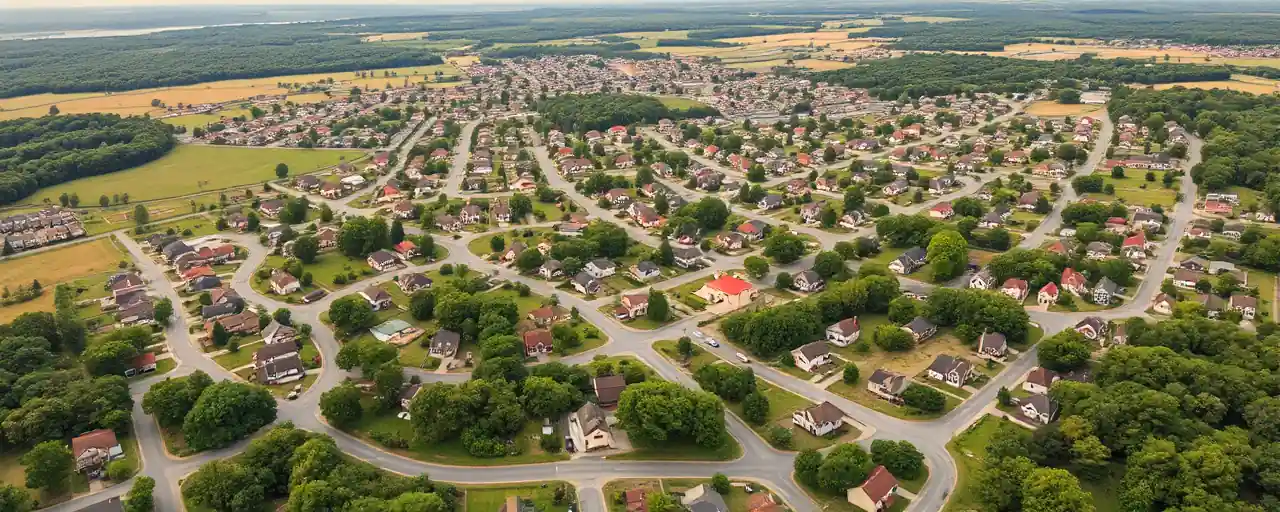A Blueprint for Prosperity
Georgia is rewriting the rules of rural growth, and it’s a sight to behold. Governor Brian Kemp’s latest announcement of $11 million in grants for the Rural Workforce Housing Initiative isn’t just a line item in a budget. It’s a lifeline for communities like Cairo, Hagan, Douglas, Augusta, and Swainsboro, where 542 new housing units will soon rise. This isn’t about handouts or bloated federal schemes. It’s about targeted, practical investment that puts people to work, builds homes, and fuels prosperity from the ground up.
The genius here lies in its simplicity. By funding infrastructure like roads, water, and sewer systems, Georgia clears the path for private developers to build homes where workers can live near their jobs. This isn’t some utopian dream; it’s a proven model. Since Kemp unveiled this initiative in 2023, it’s been a catalyst for economic vitality, with $119.7 million committed to date. The result? Communities that were once struggling to attract talent are now poised for a renaissance.
Jobs, Growth, and Real Results
Let’s talk numbers, because they don’t lie. Building 100 affordable housing units creates 161 jobs in the first year alone, from carpenters to architects to property managers. That’s not just a paycheck; it’s a ripple effect. Every dollar spent on these projects generates up to $1.50 in local economic activity. In places like Cairo, where 180 new homes are planned, or Douglas, with 67 units in the works, this means more money flowing into diners, hardware stores, and local tax coffers.
Contrast this with the federal government’s track record. Washington’s one-size-fits-all approach often drowns rural communities in red tape or misfires with programs that don’t fit local needs. Georgia’s initiative, by contrast, is lean and mean. It demands local buy-in, with cities and developers pitching in funds, like Cairo’s $227,078 or Augusta Utilities’ $110,000. This isn’t charity; it’s partnership, and it’s working.
The economic stakes are high. Without affordable housing, businesses can’t recruit workers, and communities stagnate. A 7.3 million-unit shortage for low-income renters nationwide is a crisis that threatens growth. Georgia’s answer? Build smart, build local, and let the free market do the heavy lifting. It’s a model that’s already delivering, with zoning approvals secured and construction underway in multiple towns.
Partnerships That Pack a Punch
What sets Georgia apart is its reliance on public-private partnerships. These aren’t just buzzwords; they’re the engine driving this housing boom. By teaming up with local developers and authorities like the OneGeorgia Authority, the state leverages private sector efficiency with public sector vision. Look at Swainsboro, where $2.5 million in grants will transform 23 acres into the Rolling Oaks Subdivision. The city’s $102,000 contribution and developer funds show skin in the game, ensuring accountability and speed.
This approach isn’t new, but Georgia’s execution is unmatched. Historical examples, like New York City’s Housing New York Plan, which built 60,000 affordable units, prove partnerships can scale. Yet Georgia’s focus on rural areas fills a gap often ignored by urban-centric policies. Critics might argue that private developers prioritize profit over people, but that’s a tired trope. In Georgia, developers are incentivized to deliver affordable homes, not luxury condos, because the state sets clear rules and expectations.
Debunking the Naysayers
Not everyone’s cheering, of course. Some policymakers, particularly those enamored with centralized control, claim state-led initiatives like Georgia’s can’t match the scale of federal programs. They point to USDA’s $6.3 billion for rural infrastructure in 2024 as the gold standard. But scale isn’t the issue; precision is. Federal dollars often get lost in bureaucratic quicksand, while Georgia’s grants are laser-focused, with strict two-year timelines for results.
Then there’s the zoning gripe. Advocates for restrictive regulations argue that loosening rules risks community character or property values. Yet evidence from places like Minneapolis, which scrapped single-family zoning, shows that smart reforms boost supply without chaos. Georgia’s communities have already cleared zoning hurdles, proving that local leaders can balance growth with identity. The real risk is inaction, which leaves rural workers priced out and businesses scrambling.
A Vision for the Future
Georgia’s Rural Workforce Housing Initiative is more than a policy; it’s a statement. It says that rural communities aren’t afterthoughts but engines of growth. It says that workers deserve homes they can afford near jobs they love. And it says that government works best when it empowers, not dictates. With every new home in Cairo or Augusta, Georgia is building not just houses but hope, opportunity, and a stronger economy.
This is the kind of leadership America needs. While Washington debates, Georgia delivers. The state’s success should be a wake-up call for policymakers everywhere: invest in people, trust local ingenuity, and watch prosperity take root. The future of rural America is bright, and Georgia is lighting the way.
